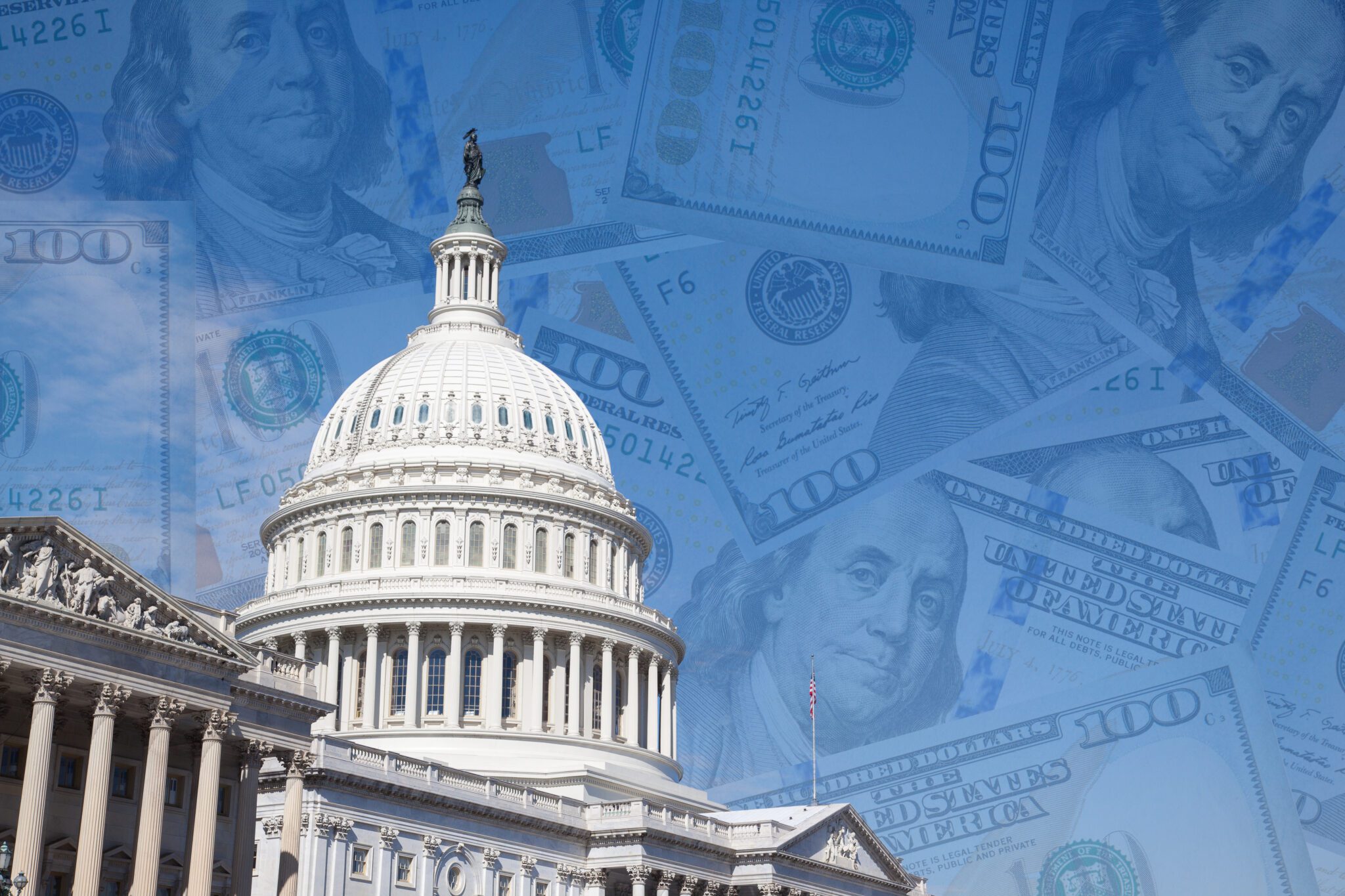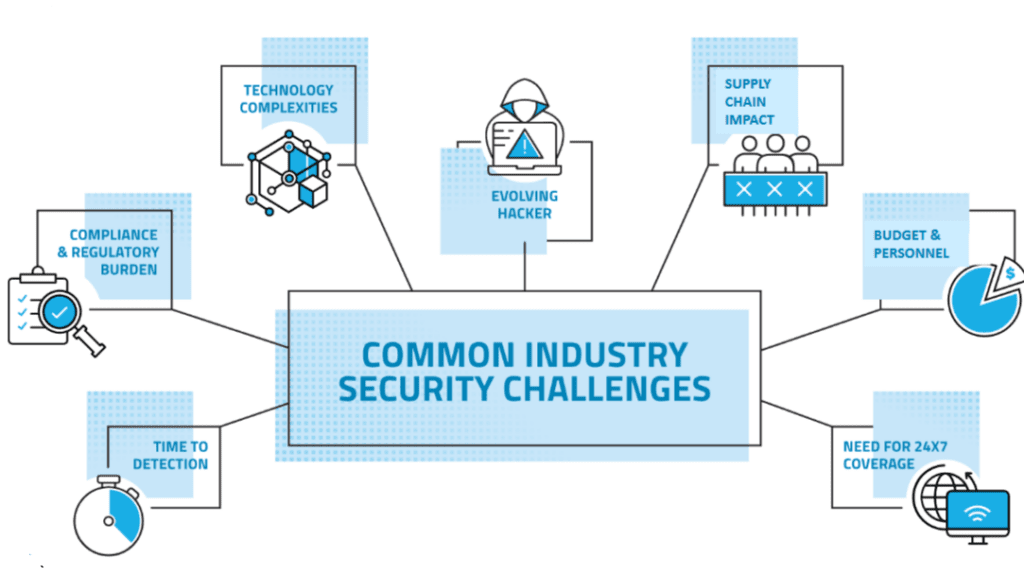Congress Passes Unprecedented $65 Billion for Broadband Infrastructure
Randy Sukow
|

Rural broadband providers reacted with pleasure to the historic expenditures for rural broadband the House of Representatives approved late Friday. The $1.2 trillion “Infrastructure Investment and Jobs Act” on its way to President Biden for his expected signature includes $65 billion aimed at closing the digital divide.
Biden referred to the legislation as “a once-in-a-generation investment that’s going to create millions of jobs modernizing our infrastructure — our roads, our bridges, our broadband, a whole range of things — to turn the climate crisis into an opportunity.”
At the same time, NRTC Funding Services advises members to be aware of multiple funding opportunities as they plan broadband projects. It will take time and coordination with states and other federal agencies to implement the many aspects of the new law. Internet providers should not lose sight of the more immediate task of applying for funding Congress passed earlier this year, such as state programs funded by the American Rescue Plan Act (ARPA), and the US Department of Agriculture’s ReConnect program, now in its third funding round.
The $65 billion just passed includes several components. The largest is the $42.5 billion Broadband Equity, Access, and Deployment Program (BEAD), to be administered by the National Telecommunications and Information Administration (NTIA). Like other recent NTIA and Treasury Department broadband programs, NTIA will distribute funding through state governments. The bill sends at least $100 million to each state. NTIA has six months to put out a funding Notice; and must also coordinate with the FCC’s new mapping procedures which are still under development.
Among several other broadband provisions, the bill sets aside $14.2 billion to the FCC to extend the existing Emergency Broadband Benefit Program and sends an additional $2 billion to USDA for subsequent rounds of ReConnect.
“As policymakers at the state and federal levels decide how to implement this landmark legislation, I urge them to invest in future-proof scalable technology like fiber, and to partner with small, community-based local exchange providers – regardless of their corporate structure – who have already proven their ability and commitment to build and maintain strong networks in rural areas,” said Shirley Bloomfield, CEO of NTCA – The Rural Broadband Association, who said she was thrilled by the bill’s passage.
NRECA CEO Jim Matheson celebrated not just broadband, but $7.5 billion in funding for electric vehicle charging infrastructure as well. “This bill recognizes the need to expand these two technologies in rural communities. As policymakers plan for a future that depends on electricity to drive the economy, more work will be needed to build on the groundwork laid by this legislation,” he said in a press release.
NRECA also praised provisions funding solar and wind generation, energy storage, carbon capture and general clean energy research and development programs. The bill allocates a further $5 billion for grid infrastructure and resiliency.
NRTC will be covering specifics of the new infrastructure spending and other programs along with NTIA and speakers from industry groups in a Thursday, Dec. 9 webinar (register here). We hope you can join us then for important updates. In the meantime, NRTC is happy to discuss these programs with you individually. Please contact funding@nrtccoopstg.wpengine.com for more information.
Update, Nov. 9 — An earlier version of this post included an incorrect link to Jim Matheson’s statement. We have corrected it.
Update, Nov. 15 – President Biden signed IIJA today.


